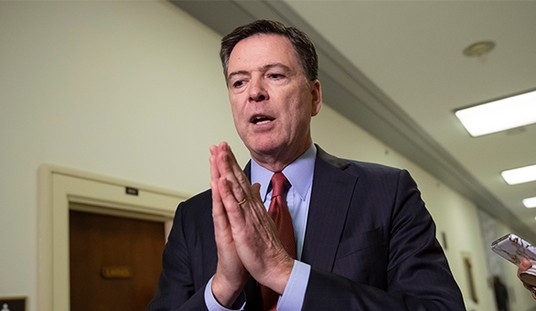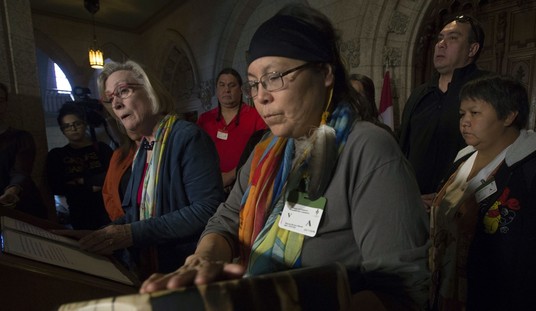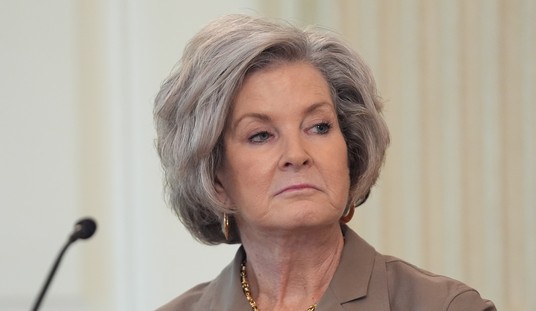When Sylvester Stallone portrayed a cop named Cobra in the 1980s, the movie tagline was that crime was a disease. This choice bit of dialog occurs before Cobra opens fire.
Supermarket Killer: Get back! I got a bomb here! I’ll blow this whole place up!
Cobra: Go ahead. I don’t shop here. All right, just relax, Amigo. You wanna talk – we’ll talk. I’m a sucker for great conversation.
Supermarket Killer: [shouting] I don’t wanna talk to you! Now you bring in the television cameras in here now! C’mon, bring ’em in!
Cobra: Can’t do that.
Supermarket Killer: Why?
Cobra: I don’t deal with psychos. I put them away.
Supermarket Killer: I ain’t no psycho, man! I’m a HERO! You’re looking at a fuckin’ hunter! I’m a hero of the New World!
Cobra: [shakes his head] You’re a disease – and I’m the cure.
After all these years it turns out that some public health officials agree. Crime is a disease. They are sponsoring a Chicago NGO called Ceasefire. “CeaseFire uses a public health model to stop shootings and killings. We combine Science and Street Outreach to track where violence is heating up and then cool the situation down.”
In April – May 2012, the Institute of Medicine, the health arm of the National Academy of Sciences, convened a two-day workshop with more than two dozen professionals and experts in a broad range of fields to consider violence from a new perspective. While the theory has been a central part of CeaseFire’s thinking since inception, having leading experts in their respective fields apply the perspective to different manifestations of the same disease— self-directed, interpersonal, family, domestic, political and ethnic violence—was a truly momentous endorsement of the theory. CeaseFire’s bold vision that violence can be stopped if it is understood and treated in this way gained new ground from the historic event.
CeaseFire was named one of the “Top 100 Best NGOs” . Ranked first among violence prevention organizations worldwide.
In August of this year, a Chicago television station interviewed Tio Hartman, its executive director, to explain how it would work.
National Public Radio asked one of the Interrupters what their members had which other people lacked. What they’ve got, apparently, is that they are acquainted or sometimes were part of the crime system itself. As such they’re not there to interrupt crime. They’re there to make sure no unnecessary shots are fired.
“Not just anybody can come in and tell a guy to put his gun down,” says CeaseFire’s director Tio Hardiman, in a scene from The Interrupters, a new documentary about the group. “Most of the violence interrupters come from the hierarchy in some of these gangs. [And they] have one goal in mind: to stop killings. They’re not trying to dismantle gangs. What they’re trying to do is save a life.”
Not everybody is convinced. One blogger calls it a payoff to a gang and Democratic Party controlled group.
A Northwestern University study which examined the Ceasefire model in 2008 said the Interrupters basically accepted they were dealing with damaged personalities. “CeaseFire did not make larger demands upon them; there was no expectation that the often inadequately educated and under-employed young people they largely dealt with would – or could – “go straight” without a great deal of investment in turning their lives around. ”
The message was kept simple – stop shooting and killing … CeaseFire promoted a risk management approach aimed at at harm reduction, rather than personal redemption.
Despite having given up on redeeming individuals, the program had great hopes for redeeming the society these killers lived in. They would work on creating a “norm change” in which violence would eventually become “unacceptable”. To achieve this they would embark on a program not altogether unlike that used by missionaries in the cannibal islands. Those who joined their congregation would be rewarded by material goods.
Encouraging local debates over what people “will and won’t accept” was one of CeaseFire’s core strategies. Outreach workers were to carry the message that “the killing must stop” to their clients, while the clergy were to speak to their parishioners and CeaseFire staff to the broader community. Marches, rallies and prayer vigils, backstopped by the widespread distribution of promotional materials, focused on stirring concern among the public. If the program was successful in actuating normative resistance to violence, the payoff could be considerable. …
A notable feature of CeaseFire’s staffing was their commitment to hiring what they dubbed “culturally appropriate messengers” to carry the word to the community. Who they hired was a strategic consideration. …
The basic idea of crime as a disease is that the criminals are victims as much as perpetrators of violence; that they are “sick” of a social disorder imposed on them by unjust conditions. Has the Ceasefire program worked? The conclusion of the Northwestern Report is that it hasn’t worked because not enough money has been spent on it. And such money as has been spent has been perverted by politics.
To summarize the discussion that follows, the evaluation concluded that CeaseFire’s funding mechanism was fundamentally flawed. The short, one-year funding cycle for most sites created job uncertainty and service interruptions, and drew staff time from operations to working on perennial funding crises. Start-up sites were especially impacted, due to the time it took to become operational in the first place, including recruiting and training staff, and developing a client base. The political nature of CeaseFire’s funding led to needy sites being passed over, while sites with more political clout but less violence received funding. In some sites, politicians also demanded too large a hand in the operations.
It is too bad the authors of the report did not explore the effect of government on the “norms” of the community in the first place. What role, for example, have government programs played in dissolving the entire fabric of these communities in the past decades? In a development that would have been comic were it not so tragic, the Sun Times describes a family that is moving back to Africa from Chicago because it’s now safer.
They came to the U.S. from Gambia — in search of a better life.
But two tough decades later, some of Kenwood Academy High School student Muhammed Kebbeh’s family say they are considering going back to Africa after he became the city’s 370th murder victim this year and second of his six siblings to be gunned down on the South Side in the last six months.
“I want to pack everything up and go back,” his oldest brother, Momadu Kebbeh, 36, said Wednesday, as his devoutly Muslim family mourned and prayed at their Washington Park home. “What’s the point of staying here?”
Thomas Sowell recalled growing up in Harlem back before the social cures improved everying. “People didn’t live in fear of drive-by shootings, in the Harlem of my day, if only because we had nothing to drive by in. Old photographs of Harlem show ample parking space on the streets. It was not an idyllic community, by any stretch of the imagination, but it had values that mattered in our daily lives, and common decency was in fact common. No material things can substitute for that.”
How did it come to this? Were these people exposed to some germ that made them that way? And could that pathogen possible have been the politically inspired efforts to improve the condition of the black community? There are many conspiracy theories that posit the deliberate infection of a minority group by scheming government officials. Has anyone every considered that dependency programs could be one of those?
That’s a 64 trillion dollar question. For the moment, the Interrupters are committed to work among those they acknowledge to be individually damned in the hopes that they can be socially saved. Maybe one day historians will conclude that the social amelioration programs started in the 1960s of which the politicians have primarily been the beneficiaries have worked like like some gigantic Tuskegee experiment on the black community. That too was done under the banner of Public Health.
How to Publish on Amazon’s Kindle for $2.99
The Three Conjectures at Amazon Kindle for $1.99
Storming the Castle at Amazon Kindle for $3.99











Join the conversation as a VIP Member